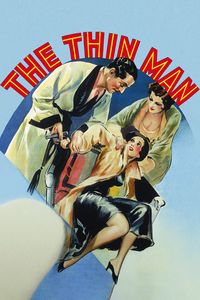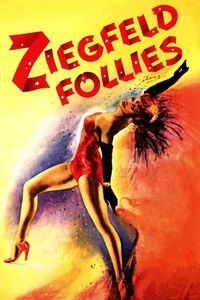The Thin Man (1934)
(On DVD, September 2019) I’d heard very nice things about The Thin Man, but it took a long while before I was able to see it. For reasons I still haven’t figured out, it looks as if the Canadian distribution rights of the film are snarled in something—whenever it’s scheduled to play on Turner Classic Movies, the Canadian simulcast substitutes something else; the latest DVD is unavailable through official Canadian channels; and it never plays anywhere else on TV (trust me, I’ve been checking for the past three years). Ultimately, I gifted myself with a pricey gray-market import from amazon.com, and it was worth it: The Thin Man is indeed a charming mixture of complex whodunit, strong characters, married-couple romance and 1930s period feel. It features Nick and Norah Charles, a witty leisure-class married couple with a strong interest in alcohol, parties and recreational murder investigations. The plot is complex enough to be interesting, but the heart of the film is in the repartee between the leads, the unflappable Charles, the unusually strong Norah and the sophisticated comedy that comes from seeing such characters conduct their own investigations. It all naturally culminates around a dinner table when villains are unmasked and police rushes in to arrest the killer. Despite pushing eighty-five-years old, The Thin Man doesn’t feel old: While the script has its structural issues (serving far too long an introduction, only fully exploiting its own possibilities in its later half), much of the (barely) pre-code script adapted from a Dashiell Hammett novel contains great snippets of dialogue, delivered with debonair aplomb by William Powell and Myra Loy, with some assistance from Skippy the dog. Director W. S. Van Dyke takes a while to get things moving, but once he does it’s all straightforward to the end. The Thin Man may take a bit of work to see up here in the North, but it’s worth the trouble.


